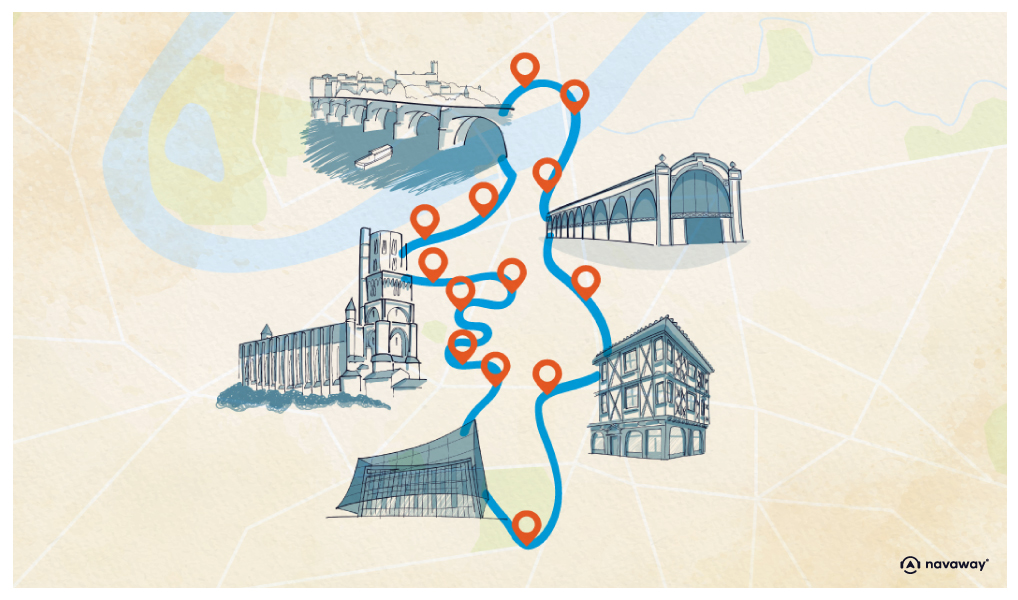
Maison Enjalbert – Enjalbert House
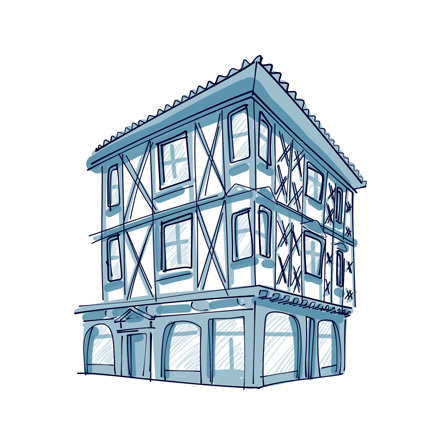
This point of interest is available as audio on the tour: Visit Albi, Retracing the history of the Red City
What you’re looking at is one of the city’s most iconic landmarks – the Enjalbert House! This 16th-century building is a real head-turner. Wood and brick come together to create stunning half-timbered motifs that are different on each side. And it gets better when you notice the perfect symmetry and Renaissance details – check out those sculpted frames, triangular pediments, and beautiful pilasters topped with detailed capitals! Whoever built this place clearly had good taste; unfortunately, the architect’s name seems to be lost to history. The Enjalbert House was listed as a historical monument in 1921 and it’s still privately owned. It was named, by the way, after a 19th-century pastry chef and confectioner. But that’s not all! For those who don’t know, this building is also known for a rather quirky little statue on the first floor, right next to the wooden entrance door. Can you spot it? Locals call it “the little pissing boy”; it’s a nod to the legend that urine was used to make woad back in the day. We’re talking of course about the so-called “blue gold” – the source of Albi’s wealth in the 16th century. Apparently, there’s this theory that people fermented urine with colorful seashells to create a paste that was used to make woad powder. Quite the funny story, but there’s no truth to it! The history of the Enjalbert House might be a bit fuzzy, but it’s, without doubt, a charming addition to Albi’s rich heritage and a must-see on our tour!


Discover Albi with app
An interactive guide through the most beautiful streets, squares, and districts
26 fun audioguides full of historical facts, anecdotes, and legends
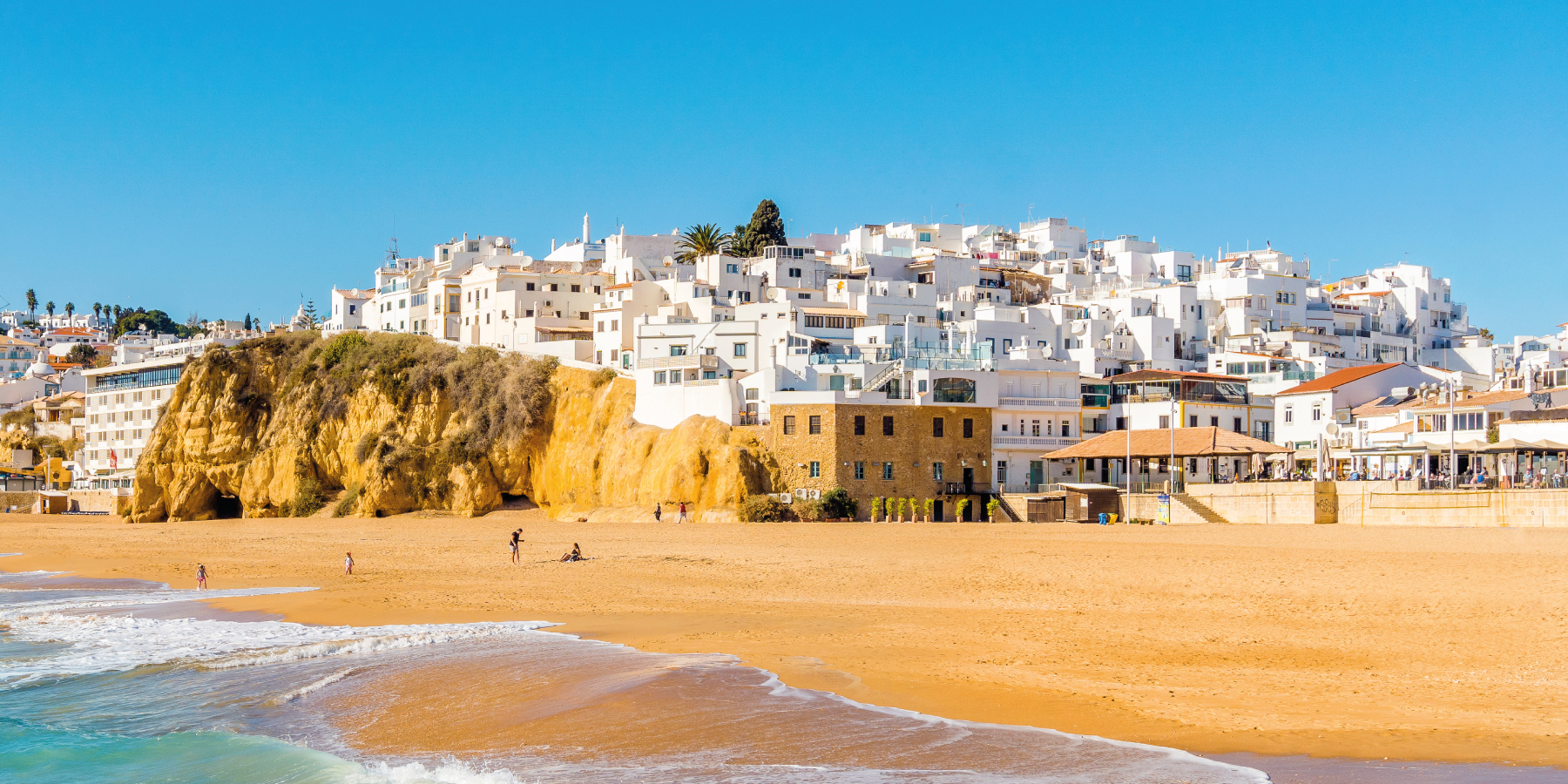
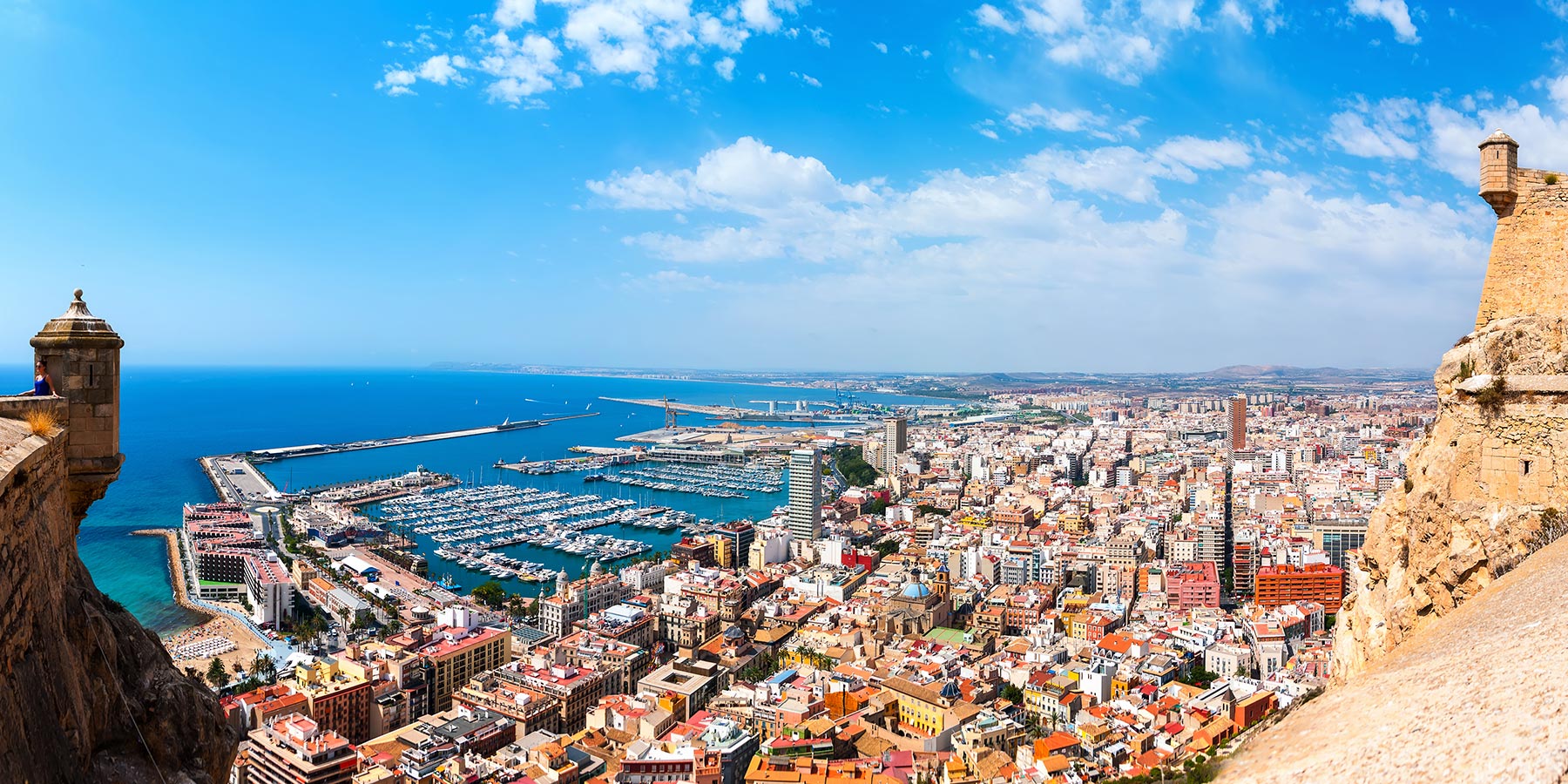
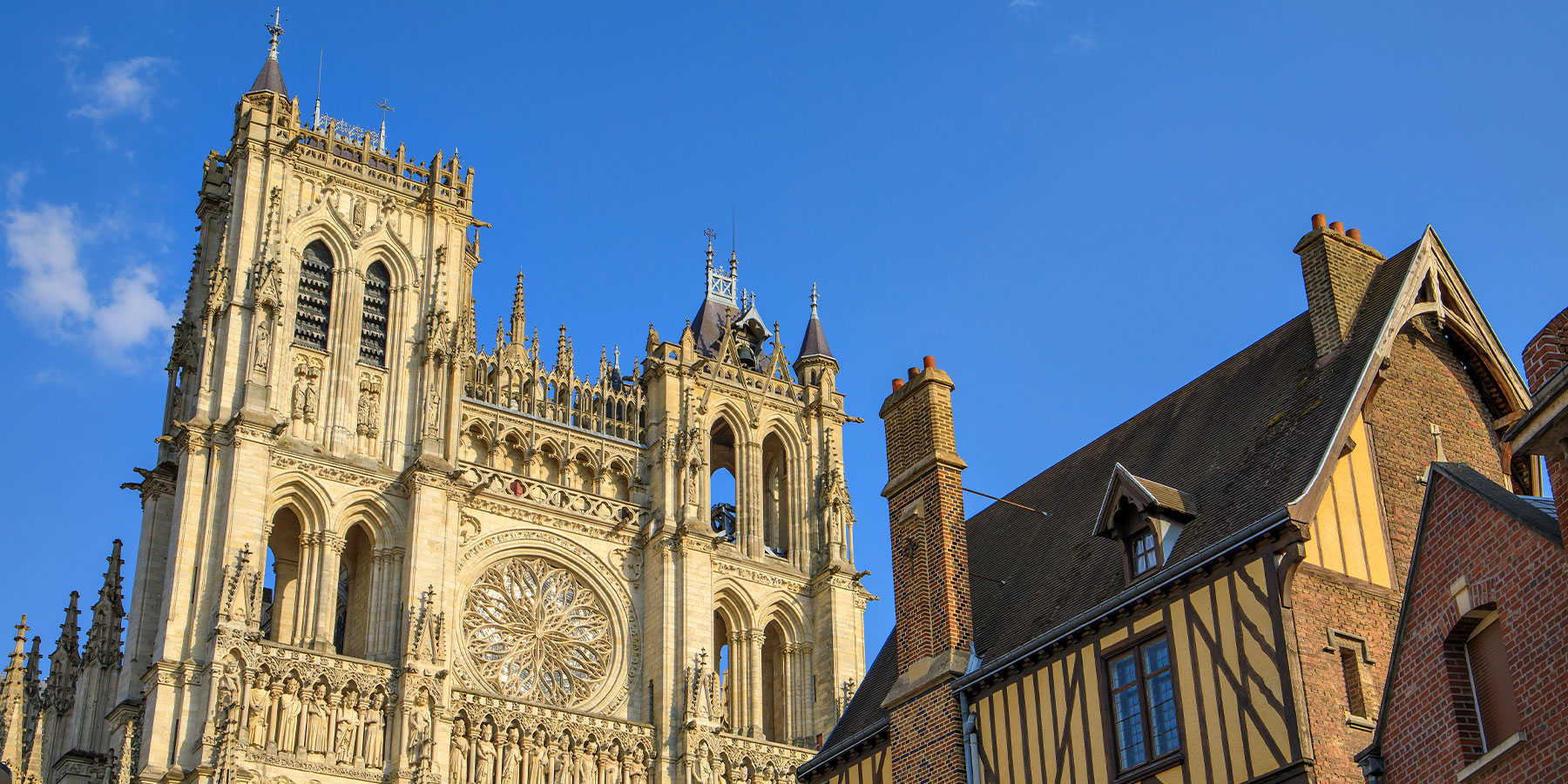


Comments